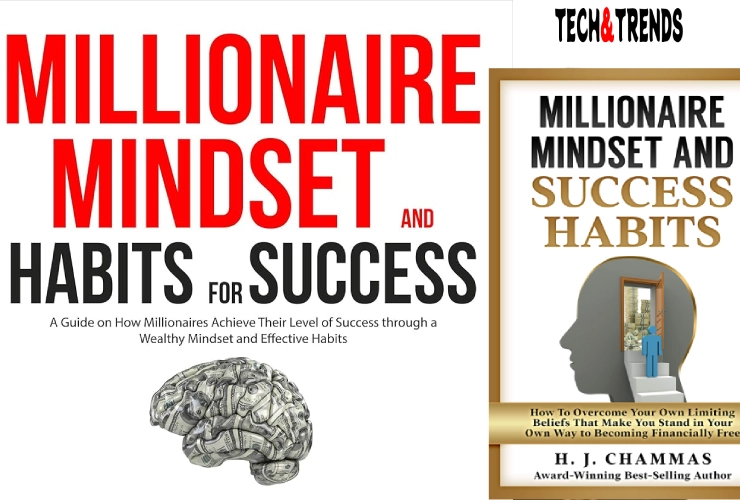The world is changing fast, and people now understand the need to protect our planet. For years, we used fossil fuels like coal, oil, and gas, which pollute and will run out. Today, the latest renewable brands lead the shift to clean energy by using sun, wind, and water, helping create a sustainable, pollution-free future for generations to come.
Because of this, many countries and companies are moving to clean and green energy. This kind of energy comes from nature and does not pollute the air or water. It is called renewable energy. Renewable energy comes from the sun, wind, water, and even plants. It is called renewable because it never runs out.
In this article, we will talk about the latest renewable brands. These are companies that make new and better ways to use renewable energy. They help us move away from dirty fuels and protect the Earth for future generations.
Latest Renewable Brands Leading the Market
Many new companies are working hard to make renewable energy better and cheaper. These brands are changing how we live and work. Some of the latest renewable brands focus on solar energy, some on wind energy, and others on new technologies like energy storage and green fuels.
For example, some brands have created solar panels that are more efficient. This means they can turn more sunlight into electricity. Other brands build big wind turbines that can produce more power even when the wind is not very strong.
These companies are not only helping the environment but also creating many jobs. They are making clean energy more affordable for everyone. Some well-known new brands include companies like SunPower, Vestas, and Tesla Energy. These brands are leading the way in making renewable energy popular and easy to use.
Solar Energy Innovations
Solar energy is one of the most popular types of renewable energy. It uses sunlight to make electricity. Solar panels are placed on rooftops or in big fields called solar farms. The sun’s energy is free and clean, so solar power is very good for the environment.
The latest renewable brands have made big improvements in solar technology. They have developed solar panels that are thinner, lighter, and more efficient. This means they can produce more electricity from the same amount of sunlight.
Some brands are also working on solar panels that can work even on cloudy days or indoors. This is very helpful for places that do not get a lot of sun. Other companies are creating solar tiles that look like regular roof tiles. This makes solar power more attractive for homes.
Solar energy is becoming cheaper every year. This is because of the work done by these latest renewable brands. More people and businesses are now using solar power to save money and help the planet.
Please visit our site for more informative articles.
Wind Energy Developments
Wind energy is another important source of renewable energy. It uses the power of the wind to turn big turbines. These turbines then make electricity. Wind farms can be on land or offshore in the sea.
The latest renewable brands in wind energy have made turbines that are bigger and stronger. Bigger turbines can catch more wind and make more electricity. Some new turbines can also adjust their blades to get the most energy from the wind.
Offshore wind farms are growing fast. These are wind farms built in the ocean where the wind is stronger and more consistent. New brands are creating special turbines that can work well in salty and rough sea conditions.
Wind energy is clean and does not produce any pollution. It is also becoming cheaper thanks to these new technologies. Many countries are investing in wind energy to reduce their carbon emissions.
Emerging Technologies in Renewable Energy
Besides solar and wind, there are other new technologies in renewable energy. These are helping to solve problems like how to store energy when the sun is not shining or the wind is not blowing.
One important technology is energy storage. Batteries are used to store electricity so we can use it later. The latest renewable brands are making better and cheaper batteries. These batteries can store more energy and last longer. This helps homes and businesses use renewable energy all day and night.
Another exciting area is green hydrogen. Hydrogen is a clean fuel that can be made using renewable energy. It can be used to power cars, trucks, and even factories. Some new brands are working on ways to produce green hydrogen cheaply and safely.
Bioenergy is also growing. This uses plants and organic waste to make energy. It is renewable because plants grow back quickly. Some brands are turning farm waste and garbage into clean energy, helping reduce pollution and waste.
Market Impact and Investment Opportunities
The rise of the latest renewable brands is changing the energy market. More investors want to put money into clean energy companies because they see a bright future. Renewable energy is now one of the fastest-growing industries in the world.
Governments are also supporting these brands by giving them money and creating rules that encourage clean energy. This helps the brands grow and create new jobs.
For consumers, this means more choices and lower prices for clean energy. More homes and businesses can now afford to use solar panels, wind turbines, or batteries. This helps reduce electricity bills and protects the environment.
Investing in renewable energy is not only good for the planet but also a smart financial decision. Many experts believe that renewable energy will continue to grow and become the main source of power in the future.
Future Outlook for the Renewable Energy Sector
The future of renewable energy looks very bright. The latest renewable brands will keep making new technologies that are better and cheaper. This will help more people and countries switch to clean energy.
We can expect to see more solar and wind farms, better batteries, and new fuels like green hydrogen. These changes will help reduce pollution and fight climate change.
Governments, businesses, and people all have a role to play. By supporting renewable brands and using clean energy, we can protect the Earth and create a healthier world for our children.
In the next few years, renewable energy may become the main way we power our homes, cars, and industries. The latest renewable brands are leading this change, and their work is helping to build a cleaner, safer, and more sustainable future.
Conclusion
Renewable energy is no longer just a dream. Thanks to the latest renewable brands, it is becoming a reality for millions of people worldwide. These companies are creating new technologies that make clean energy easier to use and more affordable.
Solar and wind energy are growing fast, and new technologies like energy storage and green hydrogen are helping solve old problems. The market is responding with more investments and support, showing that renewable energy is the future.






















